INTERNACIONAL
Trump repeatedly walked back tariffs in first 100 days as White House announces latest duty tax relief

President Donald Trump has championed tariffs as the economic tool that will bring parity to the nation’s chronic trade deficit with foreign countries while boosting U.S. jobs and the economy. But many of Trump’s tariff polices have been walked back or paused after going into effect.
«I will immediately begin the overhaul of our trade system to protect American workers and families. Instead of taxing our citizens to enrich other countries, we will tariff and tax foreign countries to enrich our citizens,» Trump declared in his inaugural address Jan. 20, teeing up an onslaught of tariff policies that will take effect in the coming weeks and months.
Tariffs are taxes levied on imported goods and services that historically have contributed to a nation’s federal tax revenue. Developed countries, however, have since moved away from relying on tariffs as a main source of federal funding and have shifted to other forms of taxes — such as income, payroll or sales taxes.
On Tuesday, which marked Trump’s 100th day back in the Oval Office, Trump signed an executive action easing tariffs targeting car manufacturers as he headed to Michigan, historically the heart of the American auto industry, for a rally celebrating his return to the White House.
PRESIDENT DONALD TRUMP’S FIRST 100 DAYS: COMPANIES THAT WILL INVEST $1B OR MORE IN THE US
President Donald Trump has championed tariffs as the economic tool that will bring parity to the nation’s chronic trade deficit with foreign countries while boosting U.S. jobs and the economy. (Brendan Smialowski/AFP via Getty Images)
The upcoming auto plan will keep a 25% tariff on imported cars and a 25% tariff on imported auto parts but will offer offset credits to U.S. manufacturers for a two-year period in an effort to bolster the U.S. supply chain of car parts and encourage manufacturing in the U.S., according to the administration.
The plan will also not stack both auto and steel and aluminum tariffs on the auto industry. Only the higher tariff will be applied to car manufacturers, not a combined tariff.
The announcement is the latest of Trump walking back, pausing or easing tariffs as he looks to even the trade playing field for the U.S., while encouraging U.S. manufacturing and job creation. Industries that manufacture products on U.S. soil do not face any tariffs.
A White House official who spoke to Fox News Digital explained that while the past few months of tariff changes might seem chaotic in their entirety, each change was born out of a need to be flexible and an effort to bring manufacturing and jobs into the U.S. while ending the nation’s chronic trade deficit. The official noted that, as tariffs took effect, many nations and industry leaders have made good-faith efforts to negotiate terms favorable to the U.S., adding to the tariff changes.
AMAZON DENIES TARIFF PRICING PLAN THAT WHITE HOUSE CALLED ‘HOSTILE AND POLITICAL’
Trump’s tariff policies overwhelmingly focused on China, Mexico and Canada at the start of his second administration, as he looked to crack down on illegal immigration. It also was an attempt to stem the flow of the deadly synthetic opioid fentanyl, which overwhelmingly originates in China, from coming across the northern and southern borders.
Citing the threat of illegal aliens in the U.S. and the flow of fentanyl, Trump declared a national emergency in February under the International Emergency Economic Powers Act and imposed a 25% tariff on imports from Canada and Mexico and a 10% additional tariff on imports from China.
The tariffs sparked swift outrage from the three nations, and Trump paused the tariffs on Canada and Mexico for 30 days after the nations agreed to concessions, such as sending additional security personnel to their respective borders with the U.S.

Migrants walk along a road in a caravan in an attempt to reach the U.S. border, in Tapachula, Mexico, in November 2023. (Jose Torres/Reuters)
China, on the other hand, imposed tariffs on some U.S. imports in response to Trump’s tariffs. China’s Finance Ministry said Feb. 4, shortly after the tariffs started, that it would impose a tariff of 15% for coal and liquefied natural gas and 10% for crude oil, agricultural equipment and large-engine cars imported from the U.S.
GROCERY GIANT WARNS ITS SUPPLIERS THAT SUPERMARKET WON’T BE ACCEPTING TARIFF-RELATED PRICE HIKES
The administration official who spoke to Fox Digital pointed to the tariff changes for Mexico and Canada as part of negotiations to secure the border after Trump declared a national emergency under the International Emergency Economic Powers Act.
The tariffs on Mexico and Canada went into effect March 4 after the pause, while the tariffs on China were increased to 20%. A day later, after speaking with auto industry officials from Ford, General Motors and Stellantis, Trump walked back the tariffs if they affected the auto industry, granting a one-month exemption to tariffs «on any autos» from the two countries that abide by the 2020 U.S.-Mexico-Canada Agreement’s rules of origin.
Those rules were established under the first Trump administration, White House press secretary Karoline Leavitt said at a news conference at the time.
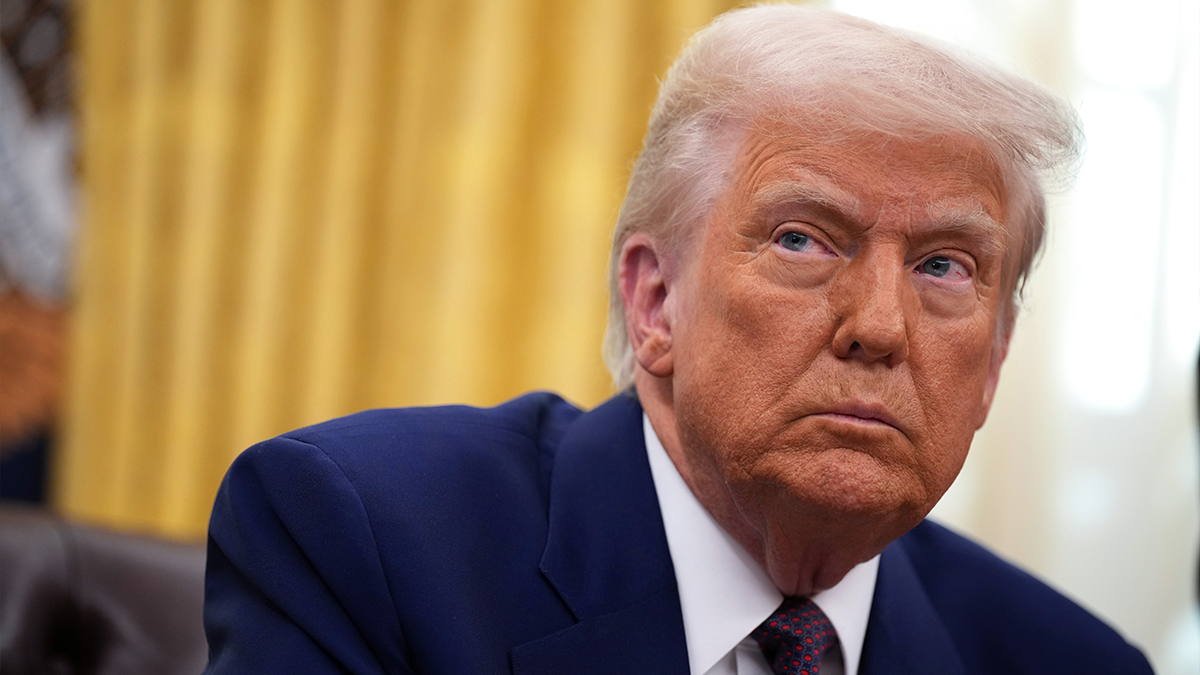
President Donald Trump (Andrew Harnik/Getty Images)
On March 6, Trump again walked back the 25% tariffs on many imports from Canada and Mexico while praising Mexican President Claudia Sheinbaum for helping secure the U.S.-Mexico border. He postponed the tariffs for 30 days and touted that his highly anticipated reciprocal tariff plan would take effect in the coming weeks.
DONALD TRUMP SHOULD BE PRAISED FOR SIGNALS HE MIGHT COOL TARIFF FIGHT, WASHINGTON POST EDITORIAL PRAISES
«I did this as an accommodation, and out of respect for, President Sheinbaum,» Trump said on Truth Social of the March 6 tariff pause. «Our relationship has been a very good one, and we are working hard, together, on the Border.»
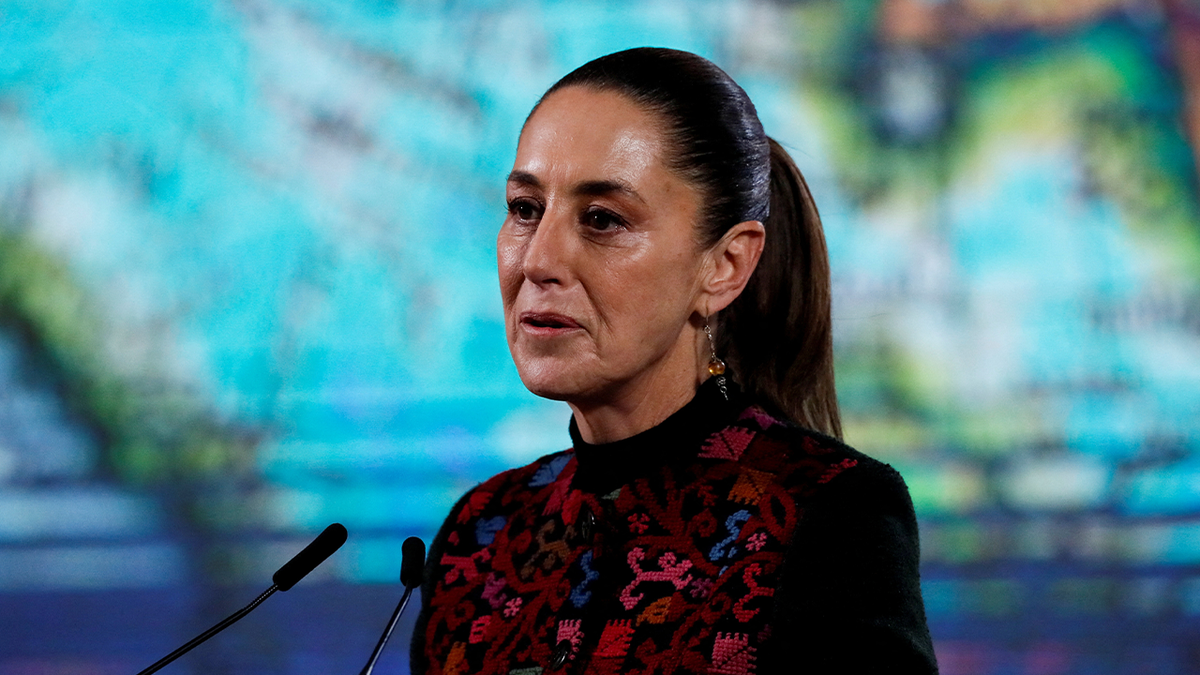
Mexican President Claudia Sheinbaum speaks during a press conference at the National Palace in Mexico City, Mexico, Jan. 8, 2025. (Henry Romero/Reuters)
While announcing and imposing tariffs on nations such as Mexico and Canada, Trump previewed a reciprocal tariff plan that would take effect April 2.
«On trade I have decided for purposes of fairness, that I will charge a reciprocal tariff — meaning whatever countries charge the United States of America, we will charge them no more, no less,» Trump said at the White House in February. «In other words, they charge us a tax or tariff, and we charge them the exact same tax or tariff. Very simple.»
Trump announced his highly anticipated reciprocal tariff plan as part of his «Liberation Day» announcement April 2. Trump announced customized tariffs on dozens of nations to help bring parity to what he said were decades of foreign nations installing trade barriers on U.S. goods, while also imposing a 10% baseline tariff on all countries.
«For nations that treat us badly, we will calculate the combined rate of all their tariffs, nonmonetary barriers and other forms of cheating,» he said. «And because we are being very kind, we will charge them approximately half of what they are and have been charging us. So, the tariffs will be not a full reciprocal. I could have done that. Yes. But it would have been tough for a lot of countries.»
TRUMP SAYS INCOME TAX CUTS, AND PERHAPS ELIMINATION, COMING DUE TO TARIFFS
The EU for example, was hit with a 20% tariff in the reciprocal tariff plan, compared to its 39% tariffs on the U.S., while Japan saw 24% tariffs compared to the 46% the country charges the U.S. China was hit with an additional 34% tariff, compared to the 67% it charges the U.S.
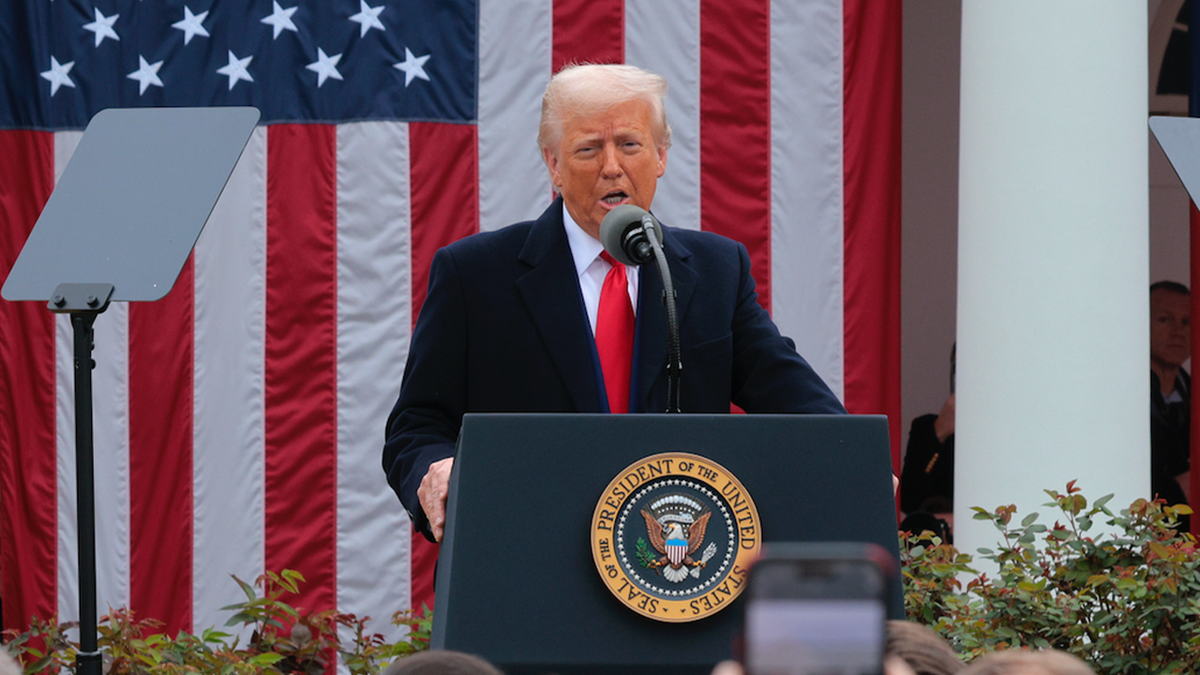
President Donald Trump speaks during a «Make America Wealthy Again» trade announcement event in the Rose Garden at the White House April 2, 2025, in Washington, D.C. (Andrew Harnik/Getty Images)
The same day the reciprocal tariffs were about to take effect April 9, Trump announced a 90-day pause on the customized duty taxes he had imposed on dozens of nations, which was an abrupt change of course from his previous comments that there would be no pause to those tariffs, only negotiations. The pause did not include the 10% baseline tariff on all nations.
«You have to have flexibility,» Trump told the media when asked about his credibility after pausing the tariffs. «I could say there’s a wall. … Sometimes, you have to go around or under the wall. Financial markets change. Look how much they changed. I think the word would be ‘flexible.’ You have to be flexible.»
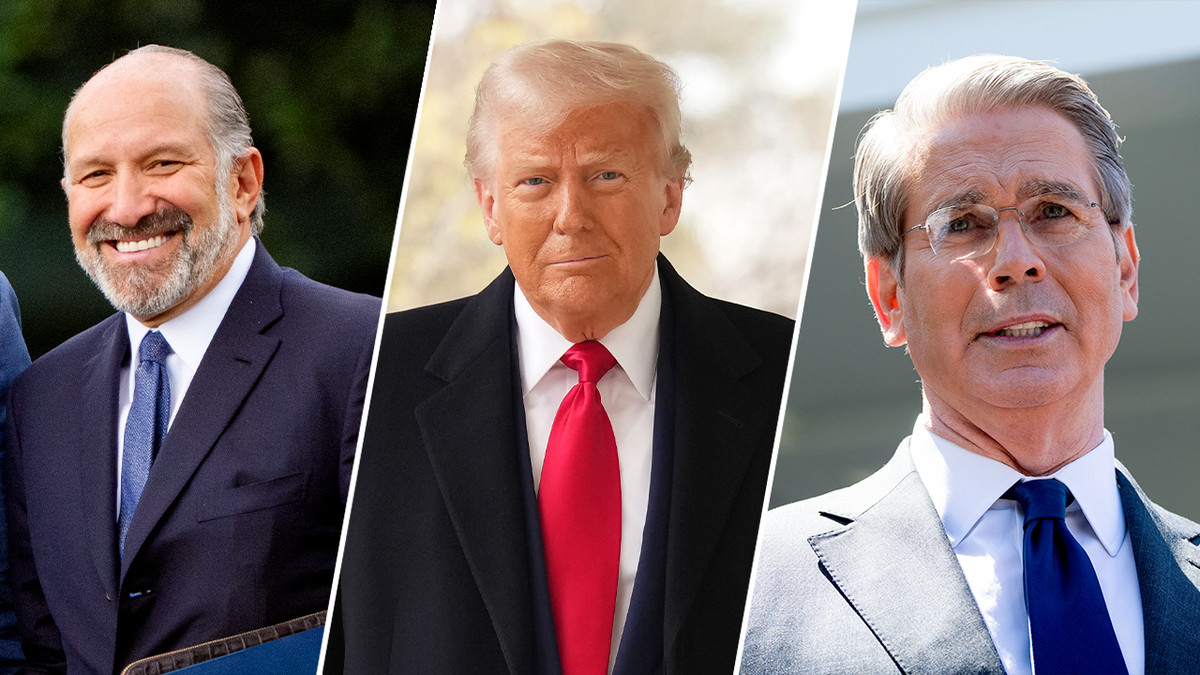
Commerce Secretary Howard Lutnick, President Donald Trump and Secretary of the Treasury Scott Bessent (Getty Images)
White House officials told Fox News Digital at the time that dozens of countries had reached out to the White House looking to make good-faith deals, and that the administration was zeroing in on renegotiating more favorable deals for the U.S.
Treasury Secretary Scott Bessent indicated in recent days that trade negotiations with at least South Korea and India are entering the final stages.
Other tariffs, such as a 25% tax on all steel and aluminum imports or the 10% baseline tariff on foreign nations, have remained in effect without change.
Trump has touted that with increased revenue from tariffs, U.S. citizens could see lower taxes and the possible elimination of the income tax.
CLICK HERE TO GET THE FOX NEWS APP
«When Tariffs cut in, many people’s Income Taxes will be substantially reduced, maybe even completely eliminated. Focus will be on people making less than $200,000 a year,» Trump wrote in a post on Truth Social April 13.
«Also, massive numbers of jobs are already being created, with new plants and factories currently being built or planned. It will be a BONANZA FOR AMERICA!!! THE EXTERNAL REVENUE SERVICE IS HAPPENING!!!»
Fox News Digital’s Eric Revell contributed to this report.
Donald Trump,Trump’s First 100 Days,Trade,Economy,White House,China,Canada
INTERNACIONAL
Dem senator accuses top Trump official of being responsible for ‘hundreds of thousands of children dying’
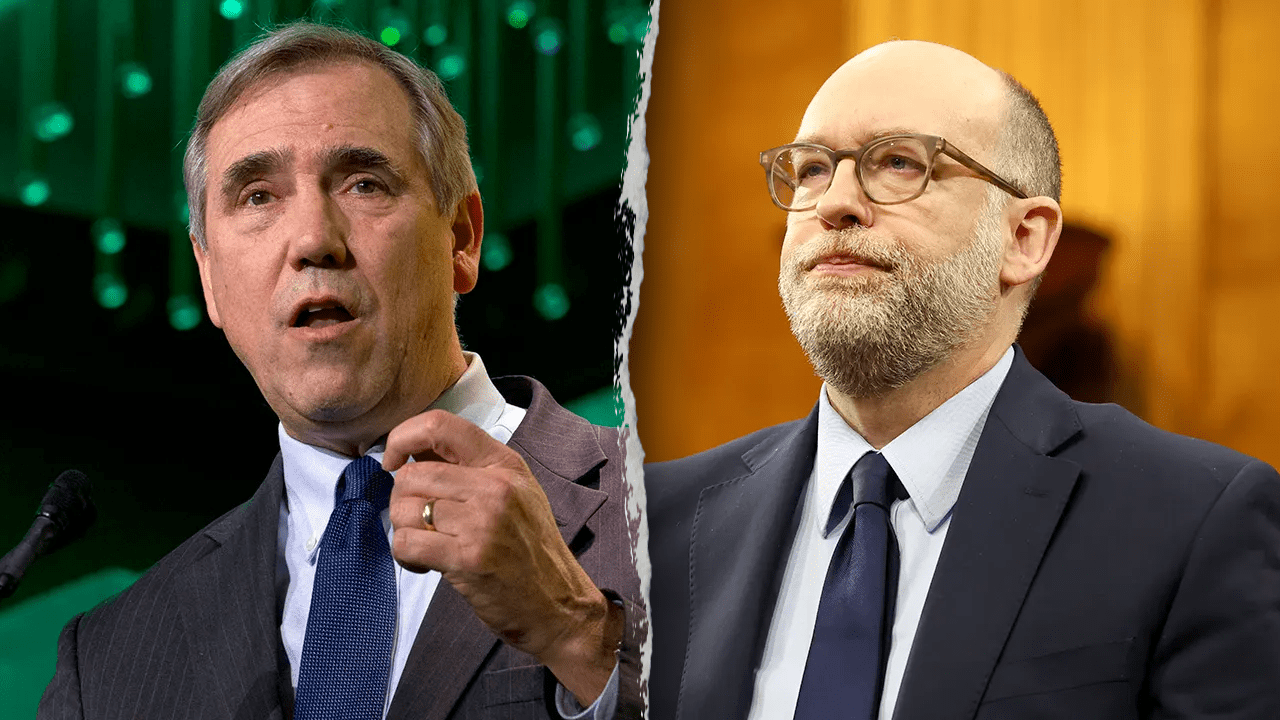
NEWYou can now listen to Fox News articles!
Sen. Jeff Merkley, D-Ore., accused Trump Office of Management and Budget (OMB) Director Russell Vought of being responsible for the deaths of hundreds of thousands of children due to the budget cuts he has overseen under the Trump administration.
Vought faced a high-intensity grilling from both Democratic and GOP senators in the Senate Appropriations Committee on Wednesday over a package of proposed budget cuts – called a rescissions package – the administration sent to the legislative branch earlier this month.
Democratic committee members, as well as some Republicans, appeared very frustrated with the administration over the proposed cuts. At one point during the hearing, several protesters stood and began shouting, causing the proceedings to briefly come to a halt. It was unclear what the protesters were objecting to.
While Vought claimed that the administration’s cuts to USAID and PEPFAR have not halted lifesaving treatment, Merkley asserted that the claim is a «huge deception.»
TRUMP’S PLAN TO SLASH ‘WOKE’ FOREIGN AID, NPR FUNDS CLEARS HOUSE AS SENATE BATTLE LOOMS
In this Jan. 24, 2019 file photo, Sen. Jeff Merkley, D-Ore., speaks during the U.S. Conference of Mayors meeting in Washington. Right: President Donald Trump’s Office of Management and Budget Director Russell Vought is sworn in during the Senate Banking Committee nomination hearing in the Dirksen Senate Building on Jan. 22, 2025, in Washington, D.C. (Kayla Bartkowski/Getty Images and AP Photo/Jose Luis Magana, File)
According to Merkley, a Boston University School of Public Health study claims that some 246,000 children have died due to the various foreign aid programs cut by DOGE.
«We are talking a quarter million children because of your irresponsible shutdown of programs that Congress had fully authorized, and you unconstitutionally shut down in partnership with Elon Musk and the Secretary of State,» fired Merkley. «How do you feel about being responsible for hundreds of thousands of children dying because of your sudden interruption in these key programs?»
Vought soundly rejected the assertion, saying that every administration «has the ability to do a programmatic review when they come into office» and to make changes based on «new spending priorities.»
Before he could finish, Merkley cut Vought off, saying, «I find your response both ignorant and callous.»
MARJORIE TAYLOR GREENE LAUNCHES PROBE INTO PLANNED PARENTHOOD’S USE OF TAXPAYER FUNDS
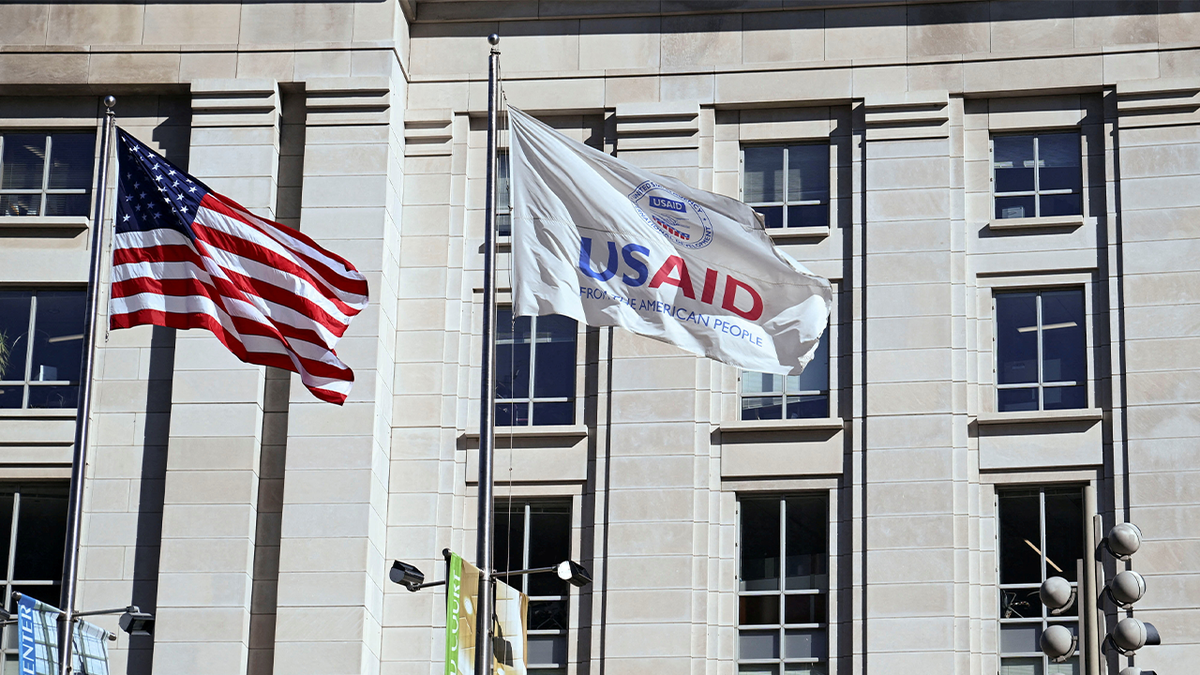
An American flag and USAID flag fly outside the USAID building in Washington, D.C., U.S., Feb.1, 2025. (REUTERS/Annabelle Gordon)
«You chose to shut down programs in the middle that have resulted in hundreds of thousands of children dying in the last few months. I find that abhorrent, and few Americans have ever had such a devastating and disastrously impact,» Merkley exclaimed.
Sen. Patty Murray, D-Wash., also confronted Vought, accusing the administration of trying to illegally maneuver around Congress to make its cuts, which she said undermine American interests abroad.
«Will you tell us specifically where, the Philippines, Pacific islands, Jordan, you’re planning to undermine American interests?» she asked, to which Vought responded: «Of course not. We’ve been very clear in all the administration’s priorities that all of our commitments with regard to Jordan and Egypt are maintained.»
Before Vought could finish, Murray cut in again, saying, «I assume you’re unwilling to share which humanitarian crisis this administration plans to walk away with, which is what we would be voting on, and that is critical information.»
WATCH: RFK JR. REBUKES DEM SENATOR FOR PLAYING POLITICS WITH CANCER-STRICKEN CONSTITUENT: ‘YOU DON’T CARE’
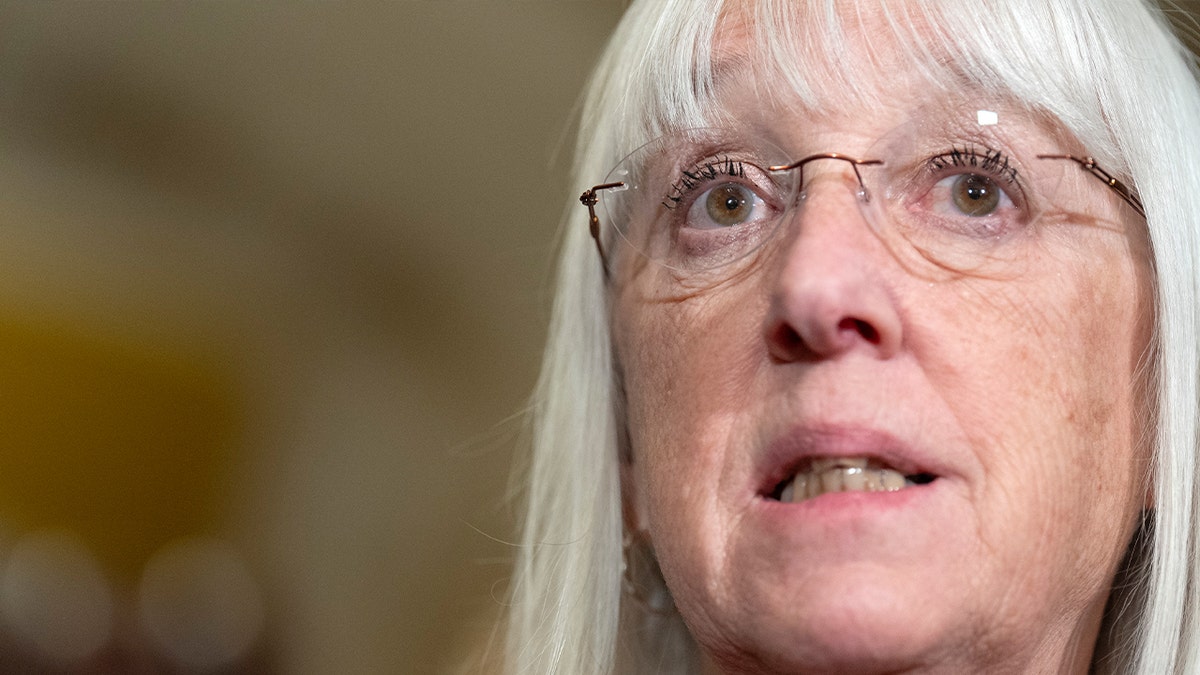
Sen. Patty Murray, D-Wash., was among Appropriations Committee Democrats who challenged Vought on DOGE cuts and their impact. (Jacquelyn Martin)
But it wasn’t just Democrats taking Vought to task during the hearing.
Sen. Lisa Murkowski, R-Alaska, also voiced frustration over the Trump administration’s DOGE cuts, taking particular issue with cuts to public broadcasting, which she said plays an important emergency services role in her state.
Sen. Mitch McConnell, R-Ky., also voiced objections to the cuts to foreign aid, which he said were opportunities to project American soft power.
«Instead of creating efficiency, you’ve created vacuums for adversaries like China to fill responsible investments in soft power, prevent conflict, preserve American influence, and save countless of lives at the same time,» said McConnell.
For his part, Vought said that «it is critical that this body and the American people writ large, understand that many foreign aid programs use benevolent-sounding titles to hide truly appalling activity that is not in line with American interests.»
FOUR PLEAD GUILTY IN MASSIVE BRIBERY SCHEME AT AGENCY DEMOCRATS FOUGHT TO PROTECT FROM DOGE
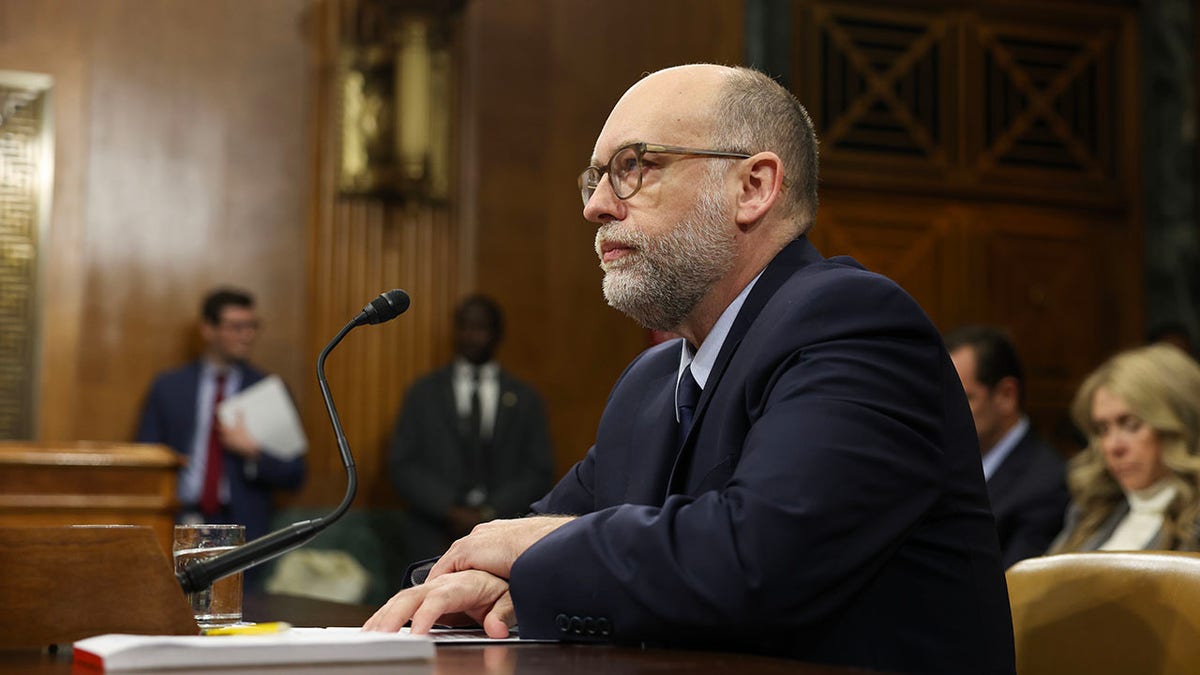
OMB Director Russell Vought, shown here from a Jan. 2025 confirmation hearing, was subject to some critical questions by Republican Sens. Murkowski and McConnell at an Appropriations Committee hearing held Wednesday, June 26. (Kayla Bartkowski/Getty Images)
CLICK HERE TO GET THE FOX NEWS APP
Vought said the «entire federal government must be responsible with each taxpayer dollar that comes to Washington.»
«The American people voted for change. President Trump stands ready to put our fiscal house back in order and put the American taxpayer first,» he said, adding, «A vote for rescissions is a vote to show that the United States Senate is serious about getting our fiscal house in order. I hope that the Senate will join us in that fight.»
INTERNACIONAL
Panorama Internacional: guerra y paz, el orden mundial a golpe de mouse
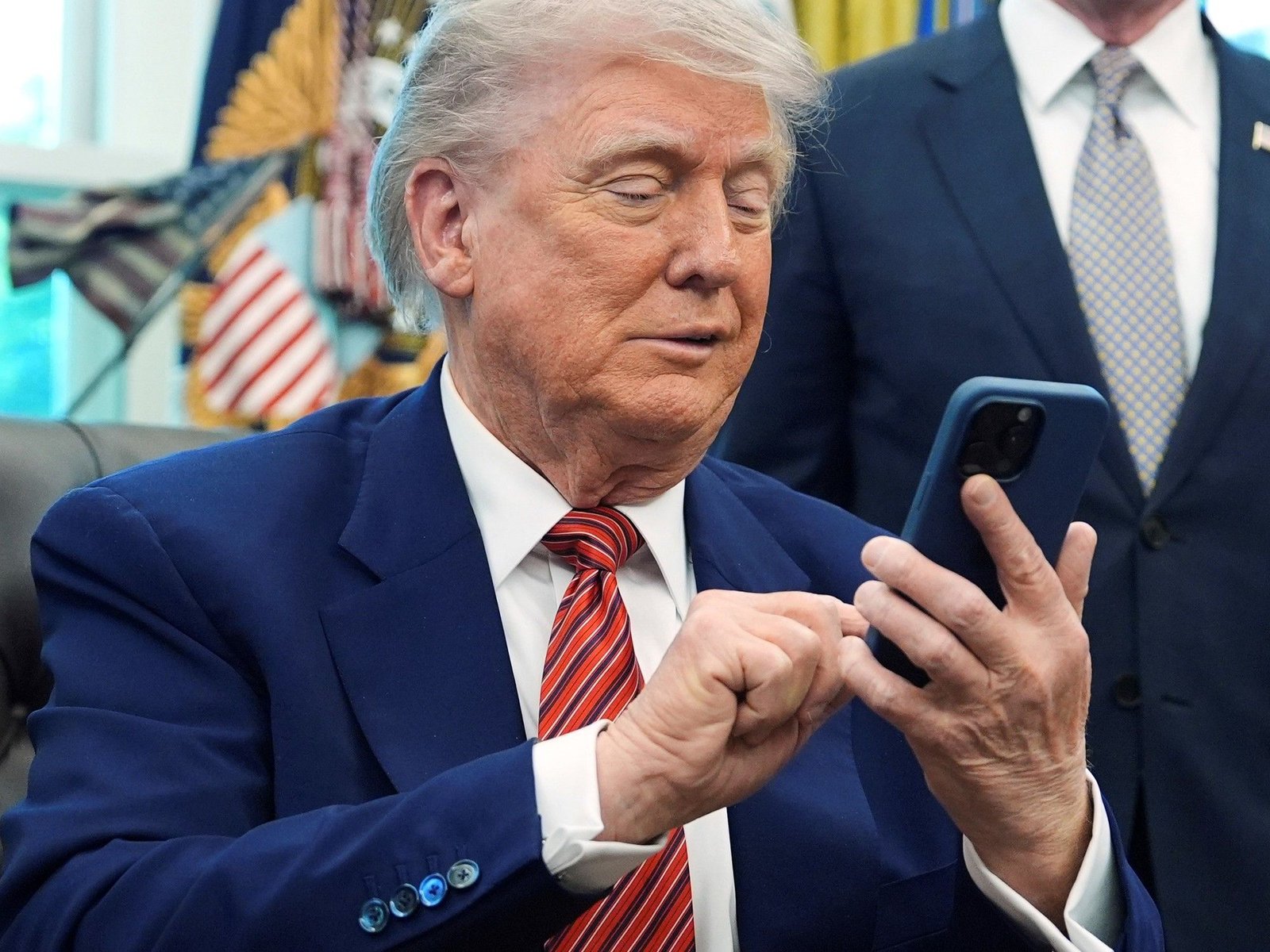
Costos y beneficios
Regreso al punto de partida
INTERNACIONAL
‘Presidential incapacity’: Senate Republican seeks paper trail of Biden’s autopen use
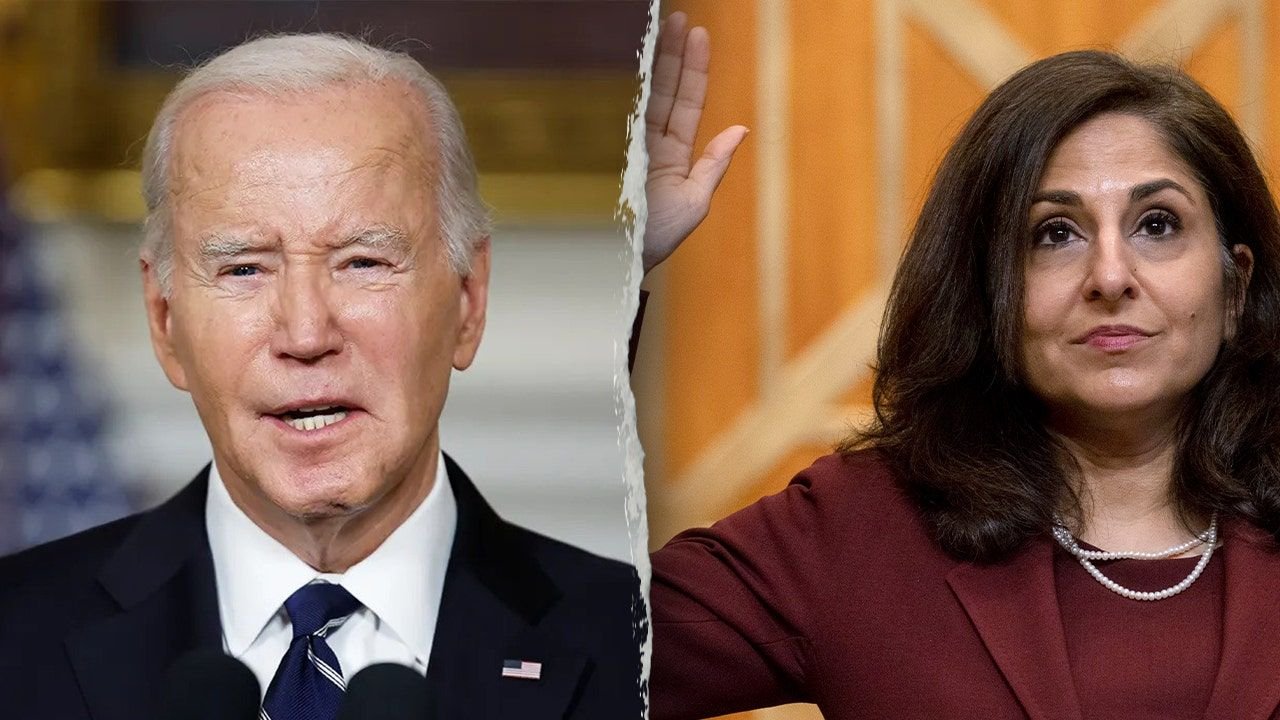
NEWYou can now listen to Fox News articles!
FIRST ON FOX: A Senate Republican wants to build a paper trail of former President Joe Biden’s autopen usage with the end goal of calling more hearings, passing legislation or amending the Constitution to best address «a mentally incapacitated president.»
Sen. Eric Schmitt, chair of the Senate Judiciary Subcommittee on the Constitution, is requesting special access under the Presidential Records Act to a trove of Biden-era documents and memos that chronicle his usage of an autopen.
In a letter to Secretary of State and Acting National Archivist Marco Rubio exclusively obtained by Fox News, Schmitt argued that creating a paper trail of key directives made toward the end of his presidency would help in «deciding which legislative remedy is most appropriate.»
TOP BIDEN AIDE ADMITS TO CONGRESS SHE DIRECTED AUTOPEN SIGNATURES WITHOUT KNOWING WHO GAVE FINAL APPROVAL
Neera Tanden, the former director of Biden’s Domestic Policy Council, testified for more than five hours Tuesday behind closed doors as part of House Republicans’ investigation into the former president’s mental acuity and his use of an automatic signature tool. (Getty Images)
«In particular, the increased use of the autopen to sign pardons, executive orders, and other documents as his Presidency progressed became a poignant symbol of President Biden’s mental decline and has created questions about the validity of those orders and pardons if President Biden did not direct the use of the autopen,» he wrote.
Schmitt requested access to a slew of documents, including memos about procedures for usage of the autopen, who was granted authority to use the autopen and emails from staff authorizing or requesting authorization for autopen usage.
SENATE HEARING ON WHO WAS ‘REALLY RUNNING’ BIDEN WHITE HOUSE KICKS OFF WEDNESDAY
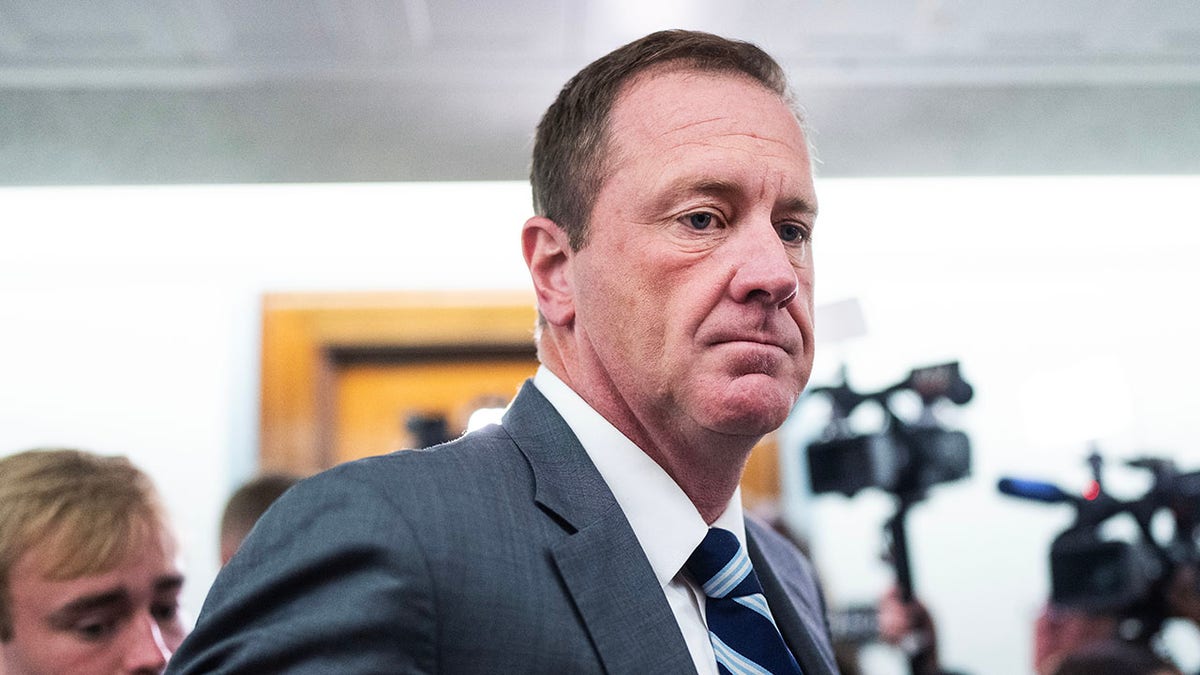
Sen. Eric Schmitt, R-Mo., arrives for a Senate Judiciary Committee hearing in Dirksen building Tuesday, June 17, 2025. (Getty Images)
He also requested access to all White House records after Nov. 1, 2024, that refer or relate to presidential pardons; that prioritize briefing books, memos and decision memos for pardons; and, eventually, access to all White House records after Nov. 1.
«With that information, the subcommittee will be better positioned to ensure that any potential proposed amendment will be sufficiently comprehensive so as to address any plausible contingency concerning a mentally incapacitated President,» Schmitt wrote.
«It would be challenging enough to amend the Constitution once — much less more than once if it then subsequently turned out not all contingencies around presidential incapacity were adequately considered.»
Schmitt’s letter comes after the Senate Judiciary Committee’s hearing on Biden’s alleged mental decline while in office and how the autopen could have played a central role in his inner circle’s alleged attempt to skirt the Constitution while continuing to carry out the duties of the office.
EX-WHITE HOUSE OFFICIALS TO TESTIFY ON WHO ‘REALLY RAN THE COUNTRY’ DURING BIDEN ERA
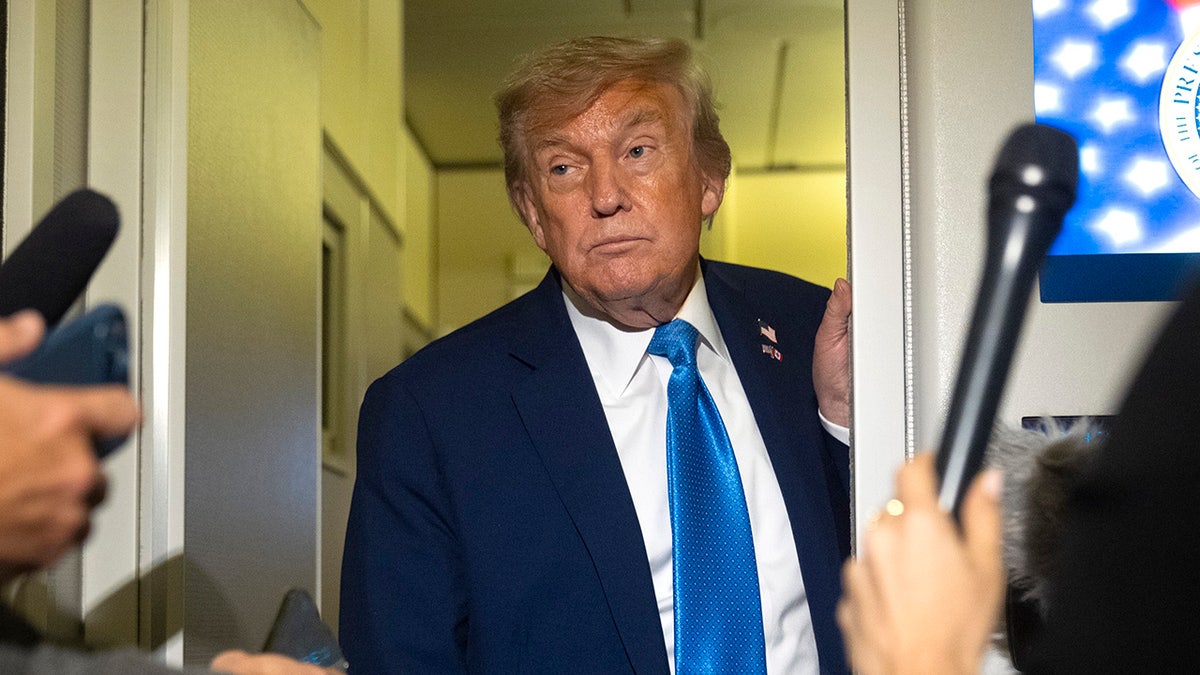
President Donald Trump speaks with reporters while flying aboard Air Force One en route from Calgary, Canada, to Joint Base Andrews, Maryland, late Monday, June 16, 2025. (AP Photo/Mark Schiefelbein)
It also explicitly mentions the closed-door, transcribed hearing with Biden’s former director of the Domestic Policy Council, Neera Tanden, conducted by the House Oversight Committee this week.
A source told Fox News Digital that during the transcribed interview, which lasted five hours, Tanden testified she had «minimal interaction with President Biden» in her role as staff secretary and that to obtain autopen signatures, she would send decision memos to members of Biden’s inner circle.
She said during the interview she was not aware of what actions or approvals happened between the time the memo was sent out and returned with approval.
However, Tanden’s opening statement, shared with Fox News Digital by her lawyer, Michael Bromwich, said that, as staff secretary, she was responsible for «handling the flow of documents to and from the President» and that she was authorized to direct that autopen signatures be «affixed to certain categories of documents.»
«We had a system for authorizing the use of the autopen that I inherited from prior Administrations,» Tanden said. «We employed that system throughout my tenure as Staff Secretary.»
She was later named director of Biden’s Domestic Policy Council and said she was no longer responsible for the flow of documents and was no longer involved in decisions related to the autopen.
«I would note that much of the public discussion on the subject matter of this hearing has conflated two very different issues: first, the president’s age and second, whether President Bident was in command as President,» she said. «I had no experience in the White House that would provide any reason to question his command as President. He was in charge.»
CLICK HERE TO GET THE FOX NEWS APP
Schmitt requested that access to the swathe of memos and communications be granted no later than July 16.
«It is important for this subcommittee to have a clear picture of President Biden’s decision-making capacity at the end of his presidency and to know the extent to which members of his inner circle possibly usurped the President’s decision-making authority,» he wrote.
Fox News Digital’s Liz Elkind contributed to this report.
-

 INTERNACIONAL3 días ago
INTERNACIONAL3 días agoLa guerra en Oriente Medio: el Pentágono contradice a Donald Trump y asegura que el bombardeo a Irán solo retrasó su plan nuclear un par de meses
-
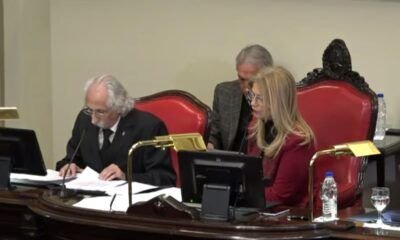
 POLITICA2 días ago
POLITICA2 días agoCon un desempate de Magario, el Senado bonaerense aprobó la reelección indefinida de los legisladores provinciales
-

 POLITICA3 días ago
POLITICA3 días agoRenunció la jueza Julieta Makintach en la antesala de un juicio político en su contra






























